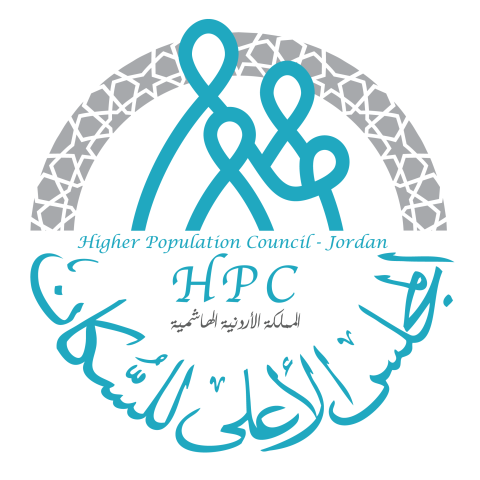

The population of the Arab world has exceeded half a billion, ranking third after India and China.
On October 28, 2025, the Arab Day for Population and Development will be observed, coinciding with the establishment date of the Arab Council for Population and Development in 2019. This occasion serves to evaluate the demographic status of the Arab world's population and to encourage the enhancement of Arab developmental work, as well as the exchange of Arab expertise and experiences related to addressing demographic conditions and their impact on sustainable development. Demographic trends in the Arab region indicate that Arab societies are characterized by diverse population sizes and structures, with each undergoing varying stages of demographic transition. They also differ in the proportion of non-Arab populations within their societies.
Understanding past and projected demographic changes is critically important, as they affect all aspects of life and have significant, long-term implications for the labor market, economic growth, and the needs for housing, education, health, and social services. The Higher Population Council marks this day by publishing this brief on the fundamental features of the demographic status of the Arab world's population.
This year's Arab Population Day coincides with the Arab world's population reaching 501 million (ranking third after China and India). Sixty percent of them live in the African part of the Arab world, particularly in Egypt, Sudan, Algeria, and Morocco, which are home to 51% of the Arab world's population. The population of the Arab world is projected to rise to 548 million by the end of this decade and to 591 million by 2035—an increase of 90 million people over ten years, with an average annual increase of 9 million and an annual population growth rate of 1.65%. If this rate continues beyond 2035, the population of the Arab world will reach 756 million by mid-century.
The disparity among Arab countries is not limited to their population sizes but also extends to significant variations in fertility levels. Some countries, such as Bahrain, Kuwait, Qatar, the UAE, and Tunisia, have recorded low fertility rates (≤ 2 births per woman), which are below the so-called "replacement level." The presence of expatriate populations in the Gulf Arab countries may have influenced the estimation of their total fertility rates. In contrast, fertility rates ranged between 2.1 and 2.9 in Lebanon, Saudi Arabia, Libya, Morocco, Jordan, Oman, Syria, Djibouti, and Egypt. Countries that still record higher fertility rates, between 3 and 3.9 births, include Algeria, Iraq, and Palestine. The highest fertility rates are in Yemen, Somalia, and Mauritania, where rates exceed 4.5 births per woman.
Arab societies are generally youthful in terms of the age structure of their populations. However, there is significant variation in age composition among them, due to differing demographic transitions in fertility levels and the proportion and size of immigrant populations. Most Arab countries are characterized by a youthful demographic structure, where the proportion of children under 15 years old constitutes a high percentage—no less than one-third of their total population—particularly in low-income countries. Somalia (47%), Yemen (45%), Mauritania, and Sudan (41%) recorded the highest proportions of children under 15, reflecting the impact of high fertility rates in these countries and the effect of a youthful population on continued population growth, driven by the persistently high number of annual births. This youthful demographic structure poses a developmental challenge, especially in the areas of education, healthcare, nutrition, and social services. In contrast, most Gulf Arab countries have recorded a significant decline in the proportion of children under 15 years old, with the percentage in Qatar (14%), the UAE (16%), and Kuwait (18%). This reflects a demographic shift resulting from declining fertility rates and the unique population structure of these countries, characterized by a high proportion of young foreign labor.
The elderly population (aged 65 and over) constitutes less than 5% of the population in most Arab countries. Qatar and the United Arab Emirates recorded the lowest proportions of elderly among their populations, not exceeding 2% in each, due to the presence of a young foreign labor force. In contrast, Tunisia, Lebanon, Morocco, and Algeria recorded the highest proportions of elderly, reaching approximately 10%, 8%, and 7% respectively, likely due to a significant portion of their populations residing abroad.







